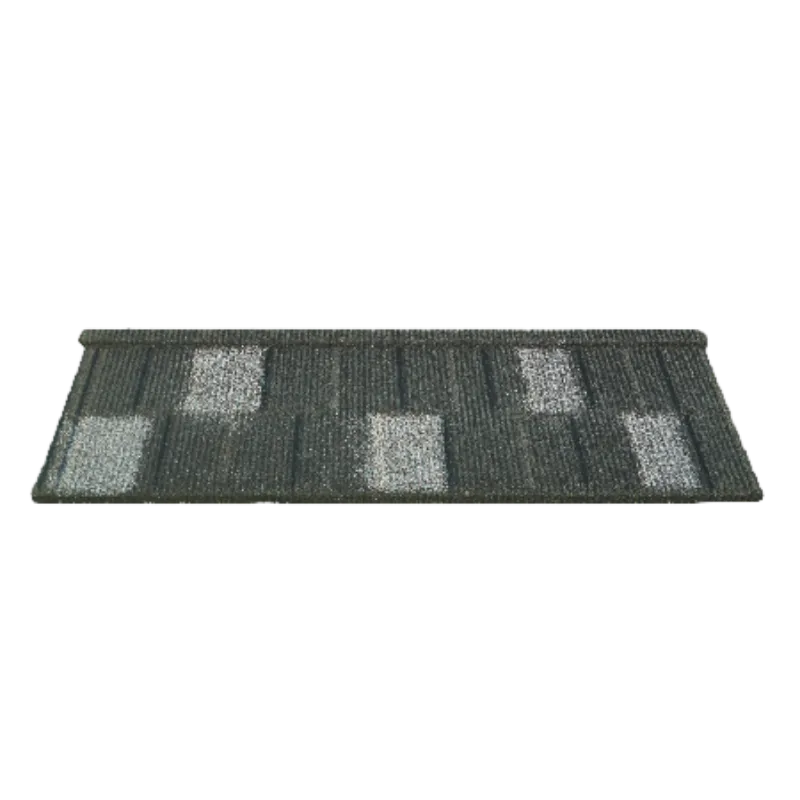
Dec . 21, 2024 09:01 Back to list
Understanding Granules Shedding from Roofing Shingles and Its Implications
Understanding Granules Coming Off Shingles Causes, Implications, and Solutions
Shingles are among the most common roofing materials used today, known for their durability, aesthetic appeal, and cost-effectiveness. However, one issue that homeowners may face is the loss of granules from these shingles over time. This phenomenon can lead to a variety of problems, from decreased effectiveness to potential costly repairs. In this article, we will explore the reasons why granules come off shingles, the implications of this loss, and what steps homeowners can take to mitigate the issue.
The Role of Granules in Roofing Shingles
Granules are small, protective particles embedded in the surface of asphalt shingles. Typically made from crushed rock or a similar material, these granules serve several functions. Firstly, they provide a layer of UV protection, shielding the underlying asphalt from the sun's harmful rays. This is particularly important as prolonged exposure to sunlight can lead to the degradation of the asphalt, causing it to dry out and become brittle.
In addition to UV protection, granules add to the aesthetic appeal of shingles, providing color and texture. They also improve the shingles' resistance to various environmental elements, such as rain, wind, and hail. When granules begin to come off, it can compromise these protective features, leading to further deterioration of the shingles.
Common Causes of Granule Loss
Several factors can contribute to the loss of granules from shingles. Understanding these causes is essential in addressing the issue
1. Aging As shingles age, they naturally start to wear down. The granules can become loose and dislodge from the shingle surface over time, especially in areas with significant weather exposure.
2. Poor Installation If shingles are not installed correctly, they may not adhere properly to the roofing surface. This can lead to premature granule loss as the shingles experience shifting or movement.
3. Severe Weather Severe weather conditions, including high winds, hail storms, or heavy rain, can physically strip granules from shingles. This is particularly common after strong storms that produce debris or hail.
4. Quality of Materials Not all shingles are created equal. Lower-quality shingles may lose granules more readily than high-quality options. Choosing reputable manufacturers is crucial for long-term performance.
5. Algae and Fungus Growth Certain climates may favor the growth of algae or fungus on shingles, leading to decay and, ultimately, the loss of granules. Regular cleaning and maintenance can help prevent this issue.
Implications of Granule Loss
granules coming off shingles

The loss of granules can have significant implications for both the performance of the roofing system and the overall integrity of a home. Here are some potential consequences
- Reduced Lifespan Shingle roofs generally have a lifespan of 20 to 30 years, but granule loss can significantly shorten this duration. If the underlying asphalt is exposed, it can lead to faster deterioration.
- Leaks and Water Damage Without the protective layer of granules, shingles become more susceptible to leaks. Water penetration can result in water damage to the home’s interior, leading to costly repairs.
- Decreased Energy Efficiency Granules help reflect sunlight, keeping homes cooler in the summer. Losing this layer can affect the energy efficiency of a home, resulting in higher utility bills.
Solutions and Prevention
Homeowners can take several steps to minimize granule loss and extend the life of their roofing shingles
1. Regular Inspections Routine inspections by a qualified roofing professional can help identify and address issues before they become major problems. Look for areas where granules have collected in gutters or around downspouts.
2. Proper Installation Ensuring that your roof is installed correctly by experienced professionals can prevent premature granule loss.
3. Quality Products Investing in higher-quality shingles can make a significant difference in longevity and durability.
4. Cleaning and Maintenance Regular cleaning to remove debris and algae can help maintain the integrity of the shingles and reduce the risk of granule loss.
5. Addressing Weather Damage After severe weather events, it’s essential to inspect your roof for damage. Prompt repairs can help mitigate further issues.
Conclusion
While granules coming off shingles can be a concerning issue for homeowners, understanding the causes and implications can help in making informed decisions. Regular maintenance, quality materials, and proactive inspections can ensure that your roof remains in good condition, protecting your home for years to come. Addressing granule loss early on can save homeowners from costly repairs and enhance the overall lifespan of their roofing system.
-
Energy-Efficient Rooftop Cooling Sheets & Ceramic Tiles for Heat Reduction
NewsMay.19,2025
-
Average Cost to Replace Asphalt Shingles Per Sq Ft & Roof Estimates
NewsMay.19,2025
-
Mud Tiles for Roof Durable & Eco-Friendly Clay Roofing Solutions
NewsMay.19,2025
-
Dimensional Fiberglass Shingles Durable 3D Roofing for Style & Longevity
NewsMay.18,2025
-
Average Asphalt Shingle Roof Cost 2023 Replacement & Sq Ft Pricing
NewsMay.18,2025
-
New Roof Shingles Losing Granules? Durable Solutions & Prevention Tips
NewsMay.17,2025







